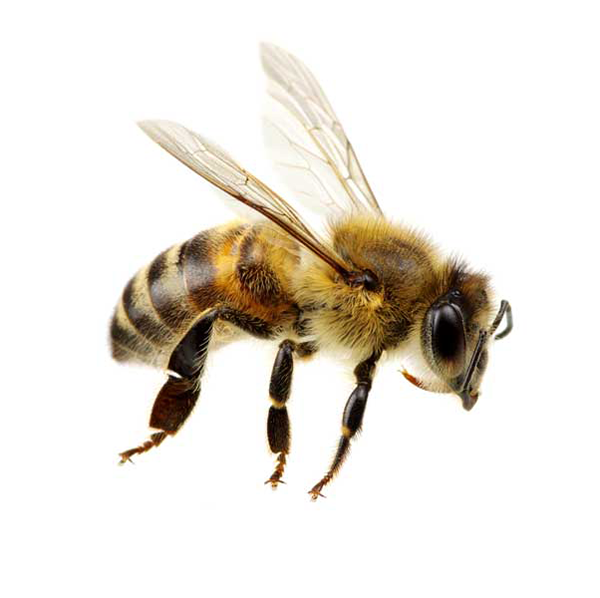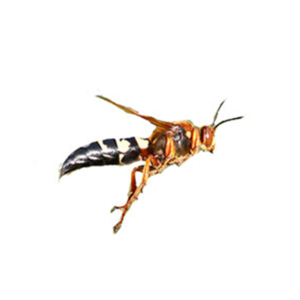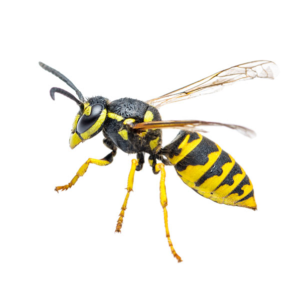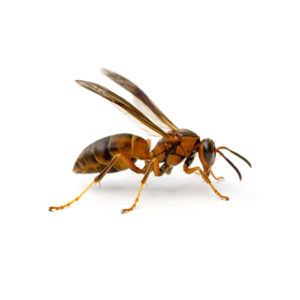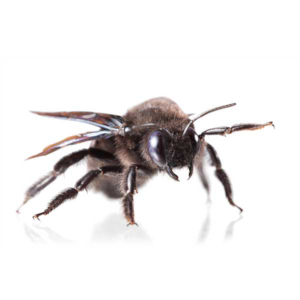Honey Bees in Salina
Honeybees are extremely productive at pollination and producing honey. Queen honeybees are slightly larger than male honeybees, also known as drones. They are found all over the country and pollinate more than 100 types of crops. The two main types are Africanized honey bees and European honey bees. The former is much more aggressive than the latter. Honeybees will swarm when the colony becomes too large for its hive. Colonies can survive for years in ideal circumstances.
Honey Bee Habitat
Honey bees in Salina usually often build their nests in tree crevices, but will also build nests in attics or chimneys. Honey bees are most visible in late spring and summer when new queens leave their old colonies. Along with thousands of workers, they establish new nests. During this time, you may see large groups of bees swarming together. It takes a swarm approximately 24 hours to locate a new nesting site. While most swarms are harmless, certain species of bees, like the Africanized honey bee, are extremely aggressive and may attack unprovoked.
Honey Bee Behaviors, Threats, or Dangers
Honeybees do sting, but can only sting once. Only female workers can sting. Bee stings generally happen when these docile bees are provoked or accidentally crushed. The stinger of the honey bee, having barbs, will remain in the skin unless physically removed. Honey bee stings are painful and even life-threatening to people who are allergic to venom. If a honeybee nest is suspected on your property, we recommend contacting a professional bee removal company.

